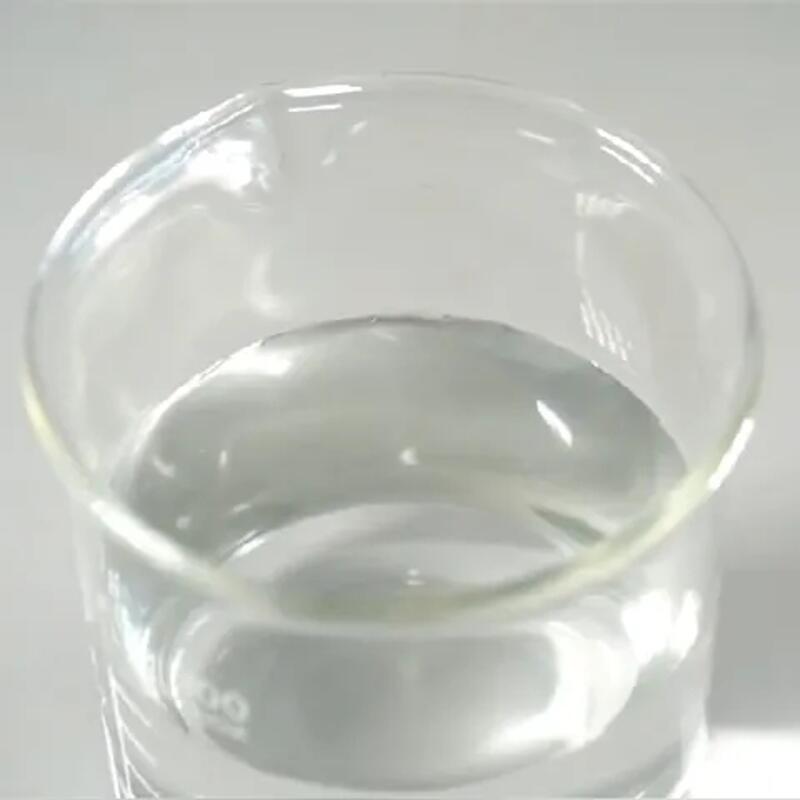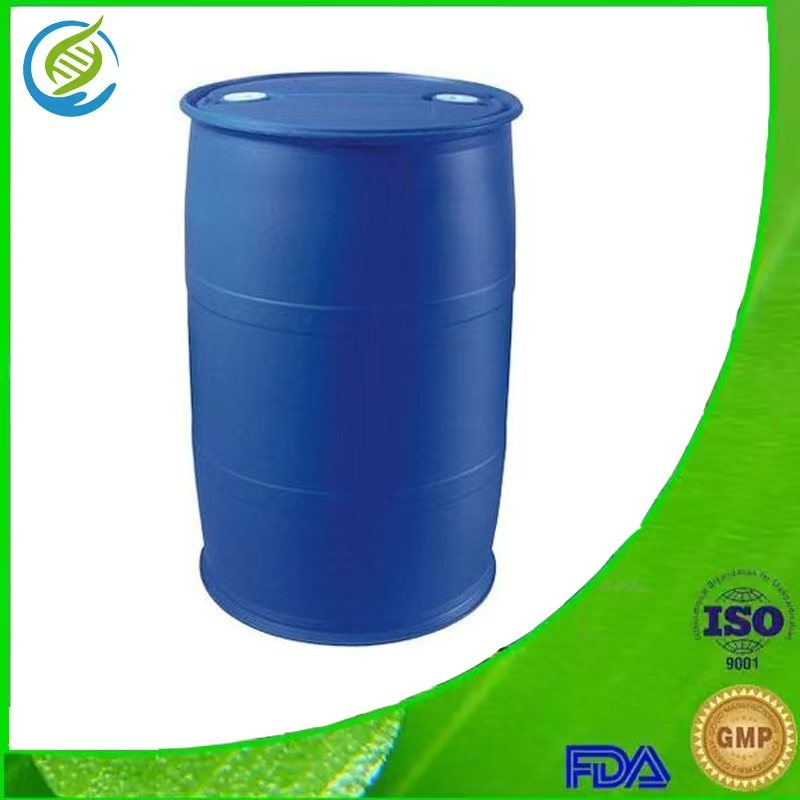-
Categories
-
Pharmaceutical Intermediates
-
Active Pharmaceutical Ingredients
-
Food Additives
- Industrial Coatings
- Agrochemicals
- Dyes and Pigments
- Surfactant
- Flavors and Fragrances
- Chemical Reagents
- Catalyst and Auxiliary
- Natural Products
- Inorganic Chemistry
-
Organic Chemistry
-
Biochemical Engineering
- Analytical Chemistry
-
Cosmetic Ingredient
- Water Treatment Chemical
-
Pharmaceutical Intermediates
Promotion
ECHEMI Mall
Wholesale
Weekly Price
Exhibition
News
-
Trade Service
Tako-tusbo syndrome, also known as stress cardiomyopathy, first reported by Japanese scholars in 1990, is characterized by transient reversible reflux ventricular local contraction dysfunction and cannot be interpreted with coronary atherosclerosisA variety of central nervous system diseases are known to cause a range of heart function disorders, including TTSThis paper describes a rare intracranial tumor patient's perinatal sudden malignant arrhythmia, which is finally diagnosedTTS1Patient informationpatients, male, 61 years old, height 157 cm, body mass 51 kg, the main cause of dizziness and swelling in January admitted to hospitalIn the past, physical fitness, denied the history of coronary heart disease, myocarditis, ASA grade IIAdmission: Liver and kidney function, electrolyte, blood routine did not see abnormal; electrocardiogram sinus heart palpitations, 45 times / min; cardiac ultrasound did not see abnormal, left ventricular blood score (LVEF) 67%The left-hand cerebral MRI shows the left side of the cranial nest 3.1 cm x 2.6 cm x 2.9 cm occupation, conforms to the performance of meningioma, the inner adjacent cerebellum hemisphere is pressured; Patients have no obvious surgical contraindications, improve preoperative preparation, select the entire line of the left side of the sinus after the path of cerebellum tumor excisionpatients after entering the room open peripheral venous infusion compound electrolyte, routine connected electrocardiogram, heart rate (HR) 45 times/ min, blood pressure (BP) 165/90mmHg, pulse oxygen saturation (SpO2) 95%, Atropin 0.4mg static push, HR rose to 70 times/minGive 0.6 mg of ethyl ethyl hydrochloride, 2 mg of midazolam, and BP to 130/70mmHgFull hemp rapid induction scheme for the shun-type aquku ammonium 18mg, relying on the rice ester 14mg, Aislor 10mg, Shufentani 25 sg, mask pressurized ventilation 3min after the trachea intubationInduced after-line artery puncture tube continuous pressure measurement, before the operation to add shofentanil 25 sg, during surgery to maintain the vein pump into propofol 6 to 8 mg / (kg.h), intermittent addition of shun aquor ammonium 0.1mg / kg, the need to control pressure reduction, intermittent inhalation of heptale ethermaintenance of arterial blood pressure (ABP) 120 to 100mmHg/60 to 70mmHg, HR60 to 70 times/min, SpO2100%Surgery is about 3h, tumor removal about 1/2, the patient's sudden room speed, HR150 to 160 times / min, ABP50 to 60mmHg / 30 to 35mmHg, after the operation to restore sinus heart rhythm 3min after the re-occurrence of room speed, and quickly turned into ventricular fibrillation, then immediately terminated the operation, give electric defibrillation, CPR, intermittent static push epinephrine 4mg, amine iodone 0.15g static push back pump injection, morphine 10mg static push During the rescue process to maintain ABP10/60mmHg or so, HR100 times / min or so, patients SpO 2 80% or more After 30min , the patient's heart rate changed to sinus The trachea duct attracts visible pink foam-like sputum, considering pulmonary edema to give furansemi Epinephrine, norepinephrine continuous intravenous pumping to maintain ABP90 to 110mmHg/50 to 70mmHg, HR90 to 110 times /min Transferred to the Intensive Care Department to continue treatment Electrocardiograms: V3-V6, I, II, aVF guide T-wave inversion, urgent check of myocardial enzymes: creatine kinase ilyzyne (CKMB) 7ng/mL, N-end brain sodium peptide precursor (NT-proBNP) 256pg/mL, myoprotein (Myo) 900ng/mL bedside heart ultrasound: left ventricle cardiomyopathy almost disappeared, the base bottom, the middle heart muscle movement is good, LVEF 28%, per beat output (SV) 30mL Patients diagnosis first consider acute myocardial infarction , give aspirin, nitrate glycerin, qumita, pyrethroid and other drug treatment, maintain dopamine intravenous pump ingest The patient's condition gradually improved, daily review of the electrocardiogram showed that the T-wave inversion gradually reduced Dopamine is deactivated after 3d and his blood pressure returns to normal There is a dynamic change in myocardial enzymes (Table 1) table 1 myocardial enzyme evolution patients improve their own breathing and pull out the trachea catheter 5d after reviewing the heart ultrasound show: left chamber of the heart muscle did not see thinning area, chamber wall movement did not see significant abnormality, LVEF 53%, SV65mL Coronary artery CT vascular angiography (coronary CTA) shows: right crown, left crown before the stenosis 70%, left cyclotron stenosis 50%, the rest of the narrow lesions The patient's condition gradually improved and he was discharged from the hospital on the 14th day of the disease After February, the patient was admitted to hospital due to "chronic epidural hematoma on the top of the left forehead", reviewed the electrocardiogram without ST-T change, no abnormality of heart ultrasound, good recovery of heart function, because the patient refused to operate again, then discharged to continue the drug conservative treatment 2 Discussion TTS is an acute heart failure syndrome, usually induced by physical or psychological stressors, good for postmenopausal women, clinical is similar to acute coronary syndrome, including chest pain, breathing difficulties, a small number of patients may also appear pulmonary edema, but severe ventricular arrhythmia, cardiac shock, cardiac arrest is rare, electrocardiogram and myocardial enzymes are also dynamic changes, but coronary imaging is not significantly narrow, left ventricular imaging is a sexual osteopathic spherical change the most typical feature of the disease is severe dyslexia of left ventricular contraction in the early stages of the disease, but heart function can return to normal after a few weeks to several months The pathogenesis of TTS is not clear, but stress-induced sympathetic nerve excitatory and catalysis overdose may be the main mechanisms of the disease For the change of patient's perioperative period, we analyze the following reasons: (1) patients after entering the room emotional tension, high blood pressure, there may be psychological stress factors, which is one of the most important causes of TTS (2) During the procedure, the operation may lead to abnormal automostatic hyperenterology, increased release of catecholamine, excessive catecholamine saline can directly damage myocardial cells or indirectly cause short-term ischemic injury due to micro
blood vessel dysfunction, and eventually the heart function disorder occurs; (3) Patients further coronary examination did not see serious gliovascular stenosis, plaque rupture and thrombosis formation, and then the heart ultrasound examination showed no abnormality in the heart wall movement, no myocardial thinning phenomenon, excluding the possibility of myocardial infarction However, it cannot be excluded from the above stress factors induced coronary spasms leading to the emergence of myocardial depression at the tip of the heart Coronary spasms are one of the pathogenesis of TTS, and coronary spasms have been reported to induce TTS This case patients have no clear basis cardiovascular disease history, hospital electrocardiogram and cardiac ultrasound no obvious abnormalities, in the perinatal burst chamber speed, chamber fibrillation, blood pressure plummeted ECG illustration wide t-wave inversion, myocardial enzyme mild lysis, in line with tTS electrocardiogram and myocardial enzyme spectrum dynamic change characteristics, and heart ultrasound suggests that the left ventricle of the heart sharp transient reversible motor dysfunction, 5d patients after heart function recovery, after February to review the patient electrocardiogram and cardiac ultrasound no abnormalities, good prognosis Combined with the cause of the patient's onset, the change of perioperative period, auxiliary examination and prognosis results, the final diagnosis of clinical as TTS, leading to malignant arrhythmia and heart failure in surgery due to the lack of sufficient understanding of TTS, the diagnosis and treatment of patients in this case still have shortcomings On the one hand, the patient is a middle-aged male, preoperative denial cardiovascular underlying disease, and therefore failed to perform coronary imaging examination to rule out the possibility of coronary syndrome Although both cardiac CTA and MRI help diagnose TTS, the "golden standard" remains the elimination of coronary blocking disease On the other hand, according to the change of the electrograph of the patient's surgical center, the diagnosis first considers the of acute myocardial infarction, so the drug is given to morphine, psilocypam, aspirin, glycorice, and other medications due to the timely diagnosis of TTS, the use of epinephrine, dopamine and other drugs, although maintained hemodynamic stability, but may lead to further increase in the body catecholamine levels and aggravate the progression of the disease TTS performance in perinatal and severe patients often lacks specificity, and in more cases sudden heart failure, arrhythmia, or cardiac arrest occur Many researchers have suggested prevention of the first onset or recurrence of TTS during perioperative surgery Most emphasize that the perioperative period should avoid psychological stress, through psychological guidance or drugs to alleviate the patient's preoperative anxiety maintain adequate anaesthetic depth in surgery, closely monitor the changes in electrocardiogram, choose to continuously monitor and evaluate left ventricle function through esophageal cardiac ultrasound (TEE), if the patient has acute left heart failure exhaustion, pulmonary edema performance, can be given vascular active drugs according to circulatory monitoring to maintain hemodynamic stability After surgery, full analgesia and sedation, prevention the application of beta epinephrine can blocker, etc In the general anaesthetic wake-up and tube extraction stage should try to maintain the stability of hemodynamics, to avoid excessive hyper-excitement of the sympathetic nerves If the patient is in tTS recovery, it is recommended to delay selective surgery until the movement of the heart muscle returns to normal, or to give priority to regional anesthesia With the improvement of tTS awareness, the domestic and foreign reports of the disease are increasing, retrospective research found that central nervous system damage often combines heart function abnormalities The psychological or physical stress caused by central nervous system disease, caused by excessive euphoria of the sympathetic nerve, results in the release of a large amount of catecholamine in a short period of time, and its cardiomyotoxicity may promote the formation of TTS Research by Porto and others has found that central nervous system disease is one of the most common causes of TTS, most commonly caused by subcavity bleeding in the cobweb In addition, it can be seen that ischemic stroke stroke , epilepsy , traumatic brain injury, intracranial tumors and other diseases induced TTS reports Retrospective studies such as Santoro have analyzed potential links between neurological diseases and TTS, and the results show that TTS is at higher risk in patients with combined severe neurological disorders this case describes a case of intracranial tumor sudden TTS during perioperative surgery, which aims to improve the understanding of TTS and reduce misdiagnosis and mistreatment by further summarizing the pathogenesis, diagnosis and treatment In clinical work, patients with central nervous system diseases need to carry out adequate preoperative evaluation, improve preoperative preparation, when the perioperative period appears electrocardiogram and abnormal heart function, we should take into account the possibility of TTS occurrence, should pay attention to timely cardiomyosines, cardiac ultrasound and coronary imaging, left-room imaging examination to clear diagnosis The long-term prognosis is good for most patients with TTS, and in 96% of cases heart function gradually returns to normal within 1 week or several weeks







